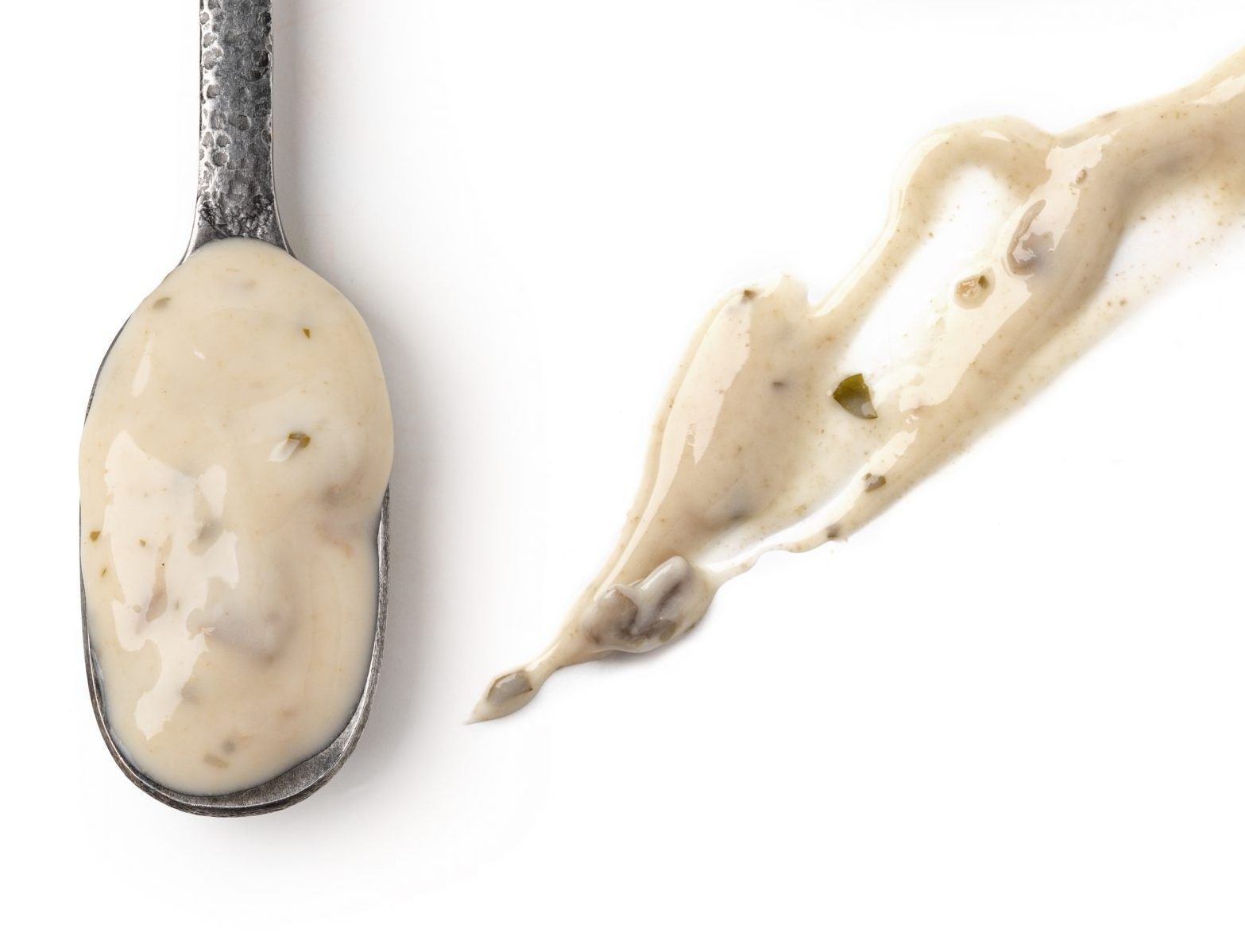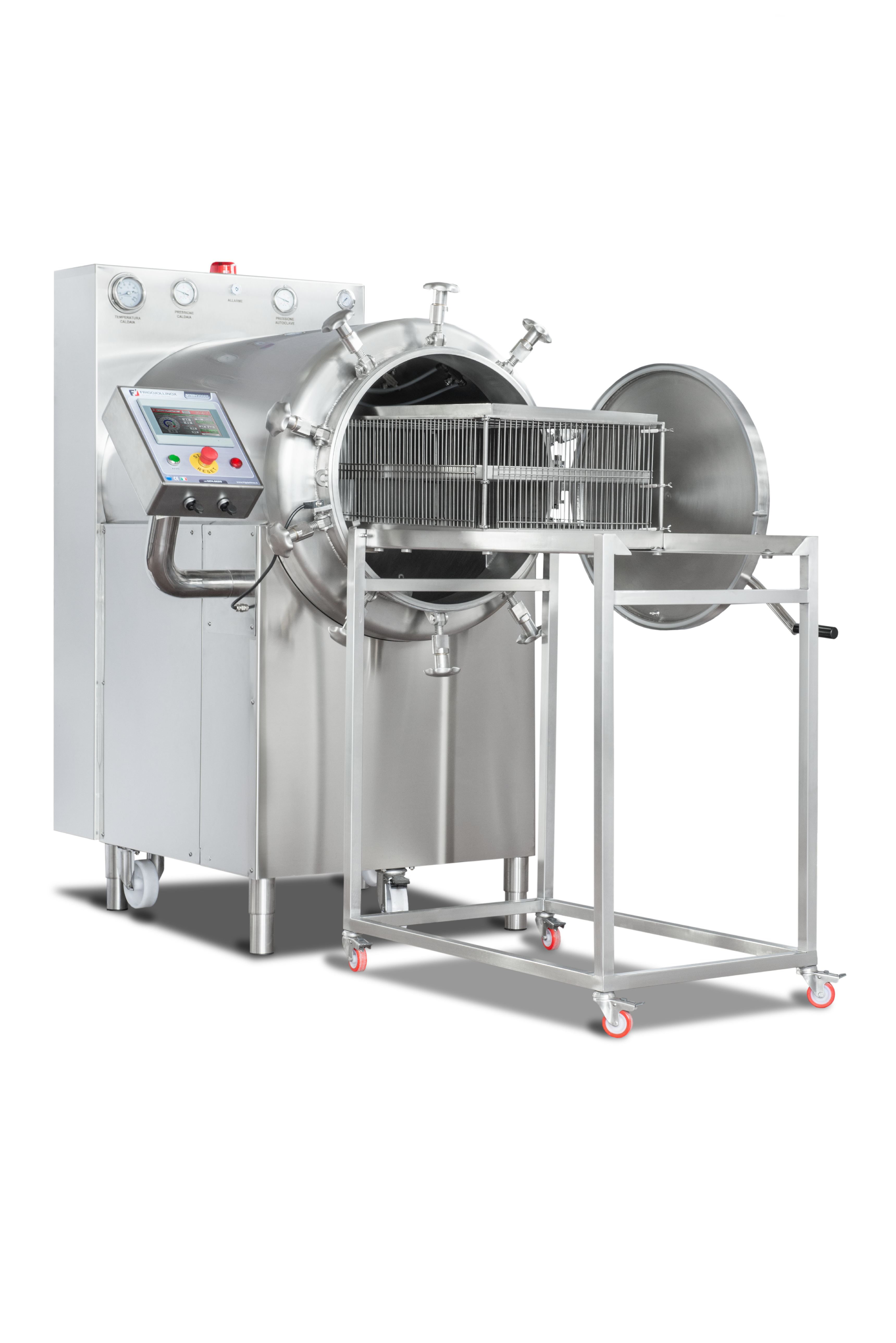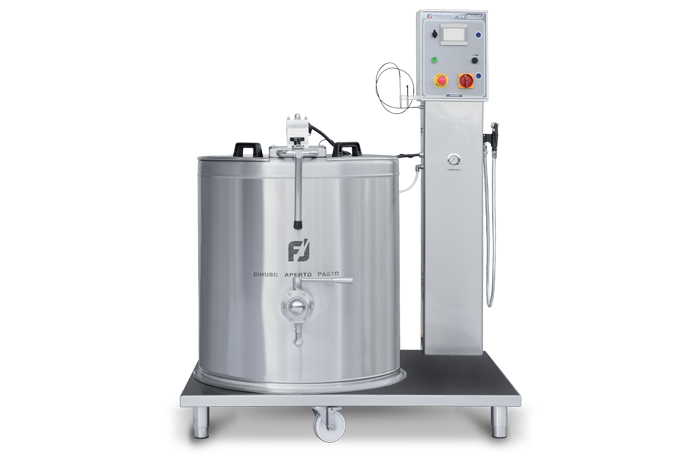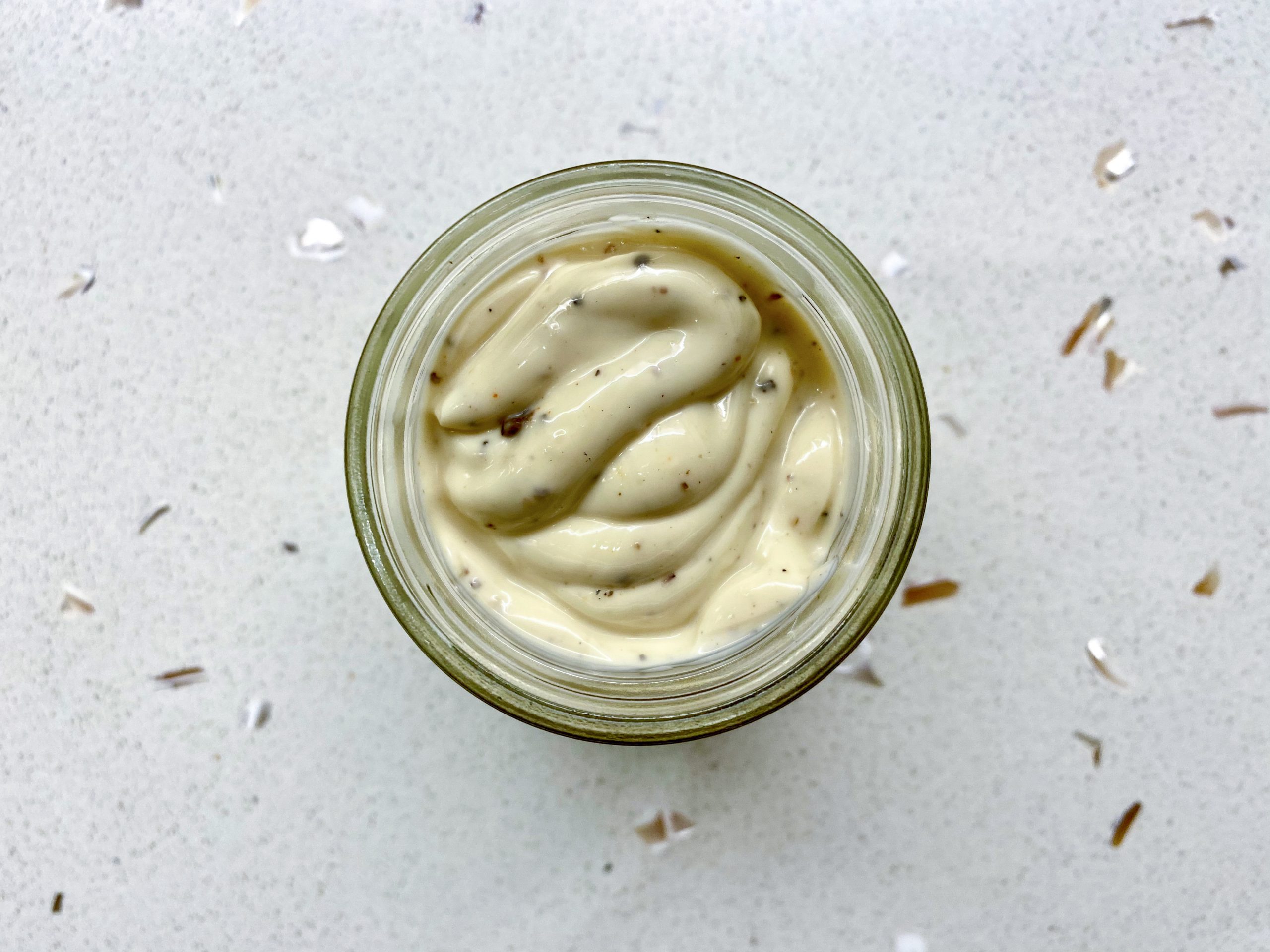The power of zero - how to sterilize truffle cream without damaging it
Although not as highly regarded as their white or black winter varieties, summer truffles are the absolute first choice in preparing truffle cream. When making truffle cream, utmost attention must be paid to the sterilization step. Summer truffles are just as delicate as the more expensive varieties and could be ruined and lose 100% of their flavor if the temperature is too high.

Pasteurization or sterilization? How much does temperature matter?
Well, that’s basically all that matters. The temperature demanded to destroy pathogenic microorganisms depends on the acidity of the food. High-acid foods, with pH below 4.5 require pasteurization temperatures (up to 100 °C) to be considered safe for consumption. Protein-based, low-acid foods such as truffle cream, require sterilization temperatures (120 °C – 130 °C) to kill microorganisms quickly. So, we’ve got a dilemma here. Truffles are heat-sensitive products and could be damaged at such high temperatures, risking losing their aroma completely and even burning. But still, they need to be sterilized to eliminate all microorganisms and spores. So, what to do?
Zero is the number – sterilize your truffle cream using the F0 value
The Project Manager at Frigojollinox Maurizio Pettini points out that the standard sterilization temperature is 121°C because 100°C is still insufficient to eliminate all bacteria, especially spores. “However, the actual sterilization begins when the temperature exceeds 100 degrees,” says Pettini.
Every product needs a different sterilization temperature depending on its characteristics. In the case of truffle cream, Pettini explains that the right temperature is between 116-117 °C.
“To get the best result without any damage to the product,” he continues, “equipment must automatically calculate the sterilization temperature based on the F0 value”. The F0 value determines the correct exposure time and temperature to achieve the same lethality (microbial inactivation) of 121 degrees for one minute. In plain English, the F0 algorithm automatically calculates the sterilization time and temperature according to the product to be sterilized, considering both the heating and cooling steps.



